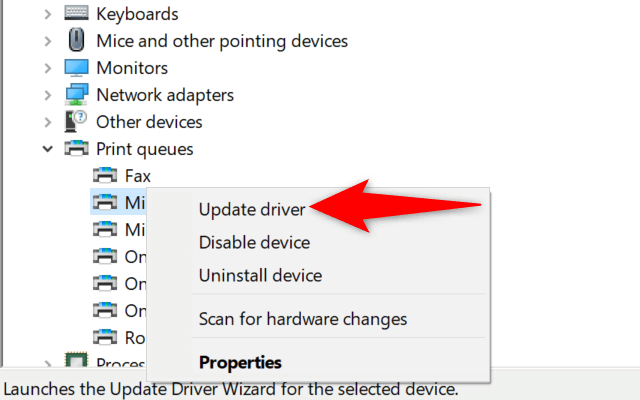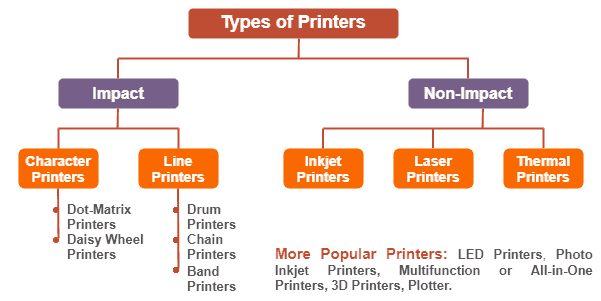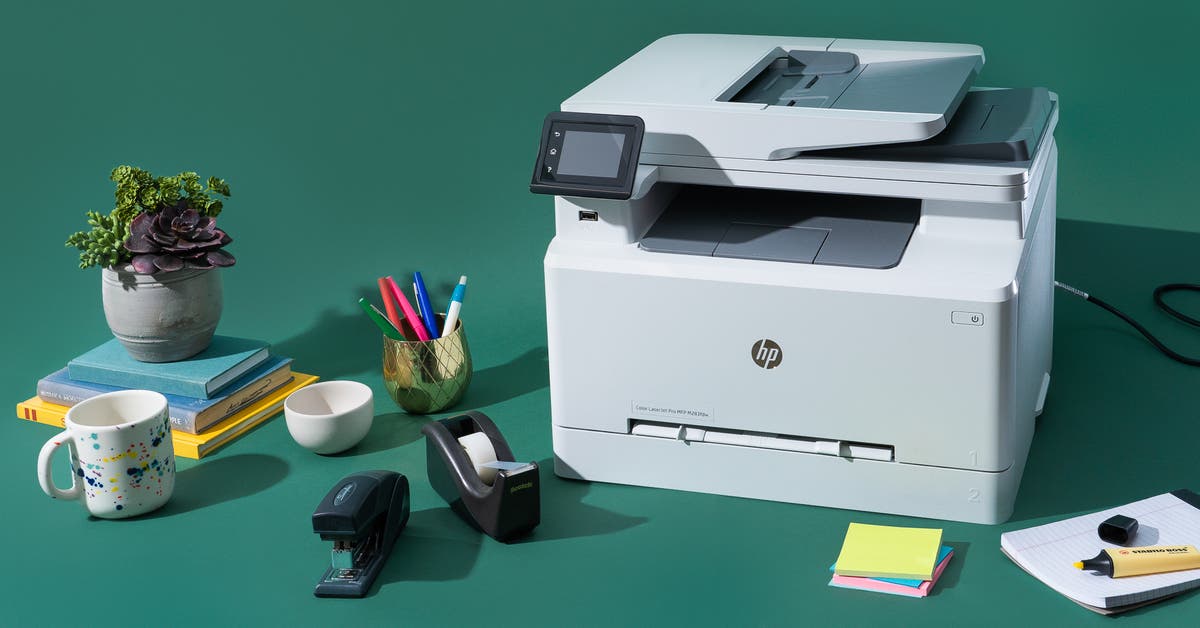Unraveling Baby Clothes Sizing: What Size 100 Means?
Introduction
Are you left scratching your head when it comes to understanding baby clothing sizes, especially wondering 'what is size 100 in baby clothes'? You are not alone. This guide will explain the intricacies of baby clothing sizes, including what size 100 means, how baby clothing sizes vary amongst brands, and how to accurately measure your baby for clothes. This article will help you ensure comfort and a perfect fit for your little bundle of joy.
How Do Baby Clothing Sizes Generally Work?
It can be intriguing yet confusing to grasp how baby clothing sizes operate, considering that they aren't standardized universally, rather fluctuating across various brands. The concept behind sizing typically involves the following factors:
- Age: Most brands commonly reference age while determining the size. While this generally fits many babies, discrepancies might arise due to babies being bulkier, taller, or smaller than the average size for their age group.
- Weight and Length: Some brands prefer to use the baby's weight and length as a more accurate reference for sizing. Keep in mind that sizes can range significantly, mainly due to the diversity in baby growth rates.
- Unisex Sizes: Many clothing lines offer unisex sizes, providing the equivalent sizes for both genders for reference.
- Numerical Sizing System: In addition to the typical sizing methods, certain brands, especially Asian manufacturers, employ a numbering system like size 100. While it may initially seem puzzling, understanding these numbers can make your shopping experience simpler and more efficient.
What Does Size 100 Mean in Baby Clothes?
The term 'size 100' in baby clothes can be quite bewildering, especially if you are unfamiliar with this sizing style. This numerical sizing system is common in East Asian countries and has become increasingly popular worldwide due its precise representation of a child's size. Let's break down what size 100 means in baby clothing:
- Age and weight range: Typically, Size 100 is designed for babies who are between three to four years old, and weigh between 14 to 18 kilograms. These are suggestive numbers and can slightly vary depending on the child's growth rate and body structure.
- Height: It corresponds to a height ranging between 95cm to 105cm. The sizing is incremented based on height measurements, making it more accurate than the age-based sizing.
- Varies with brands and countries: Moreover, the variation of this baby clothing size can occur depending upon the specific brand and country, as there is no universal sizing chart that every brand follows.
- Sizing Style: This size 100 is part of a numerical sizing system commonly seen in Asian brands, including those from Japan, China, and Korea.
- Comparison with traditional sizing: If we were to translate this to traditional western sizing, size 100 would roughly equate to a 3T or 4T size, although this comparison is not exact due to differences in size standards between countries and brands.
In summary, it is crucial to understand that 'size 100' is a reflection of a child's height (95-105cm) rather than their age, unlike many traditional western clothes sizes. This more specific size representation can potentially make it easier to find a perfect fit for your little one, despite it initially appearing somewhat confusing. Always remember to check individual brand's sizing guides and measure your child accurately for the best fit.
Why Do Baby Clothing Sizes Vary Amongst Brands?
Regulating baby clothing sizes across different brands can be pretty challenging due to several factors. This can lead to confusion among consumers regarding what size to choose for their little ones. Here are the significant points contributing to this disparity:
- Lack of Universal Standard: There's no global standard for baby clothing sizes, resulting in variations amongst brands.
- Measuring Units: Brands may use different measuring units, such as age, height, or weight. For instance, one brand might classify their clothes based on age, while another may do so based on height or weight.
- Differences in Country Standards: Different countries may have varying standards, contributing to size disparity. For example, European, Asian, and American brands often have different sizing charts.
- Perceptions of Growth: Manufacturers might have different opinions on an average baby's size and growth rate, leading to discrepancies in sizes.
- Cut and style considerations: The cut and style of clothing might impact its sizing. Some brands might opt for more generously cut clothes, while others might have a more fitted style.
Knowing these factors can help consumers navigate around size variations and make informed decisions when selecting the perfect fit for their babies.
How to Accurately Measure Your Baby for Clothes?
Getting the right fit of clothing for your little one involves taking precise measurements. Here's a step-by-step guide on how to accurately measure your baby for clothes:
1. Height Measurement: Start by measuring your baby’s height. Here's a quick guide to getting it right:
- Lay your baby on a flat surface, ensuring they're fully stretched out.
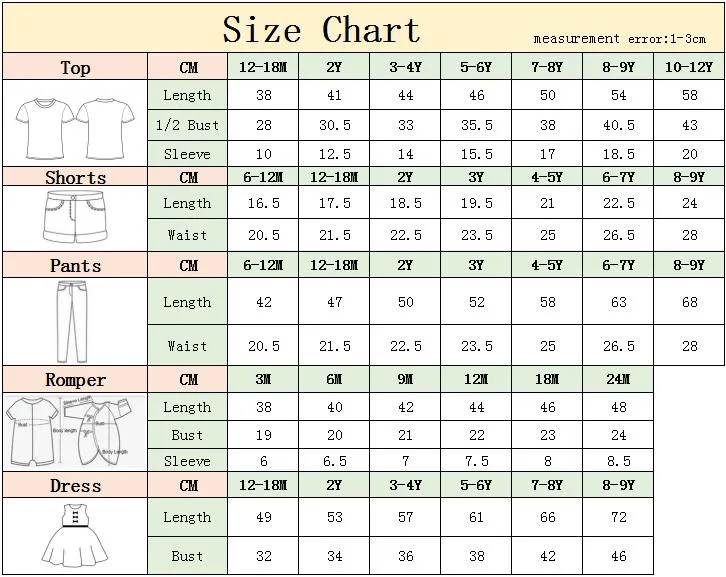
- Measure from the top of their head to the bottom of their feet.
2. Weight Assessment: Your baby's weight can greatly affect the clothing size they need. Bear in mind:
- Regular use of a home baby scale would provide weight measurements with good accuracy.
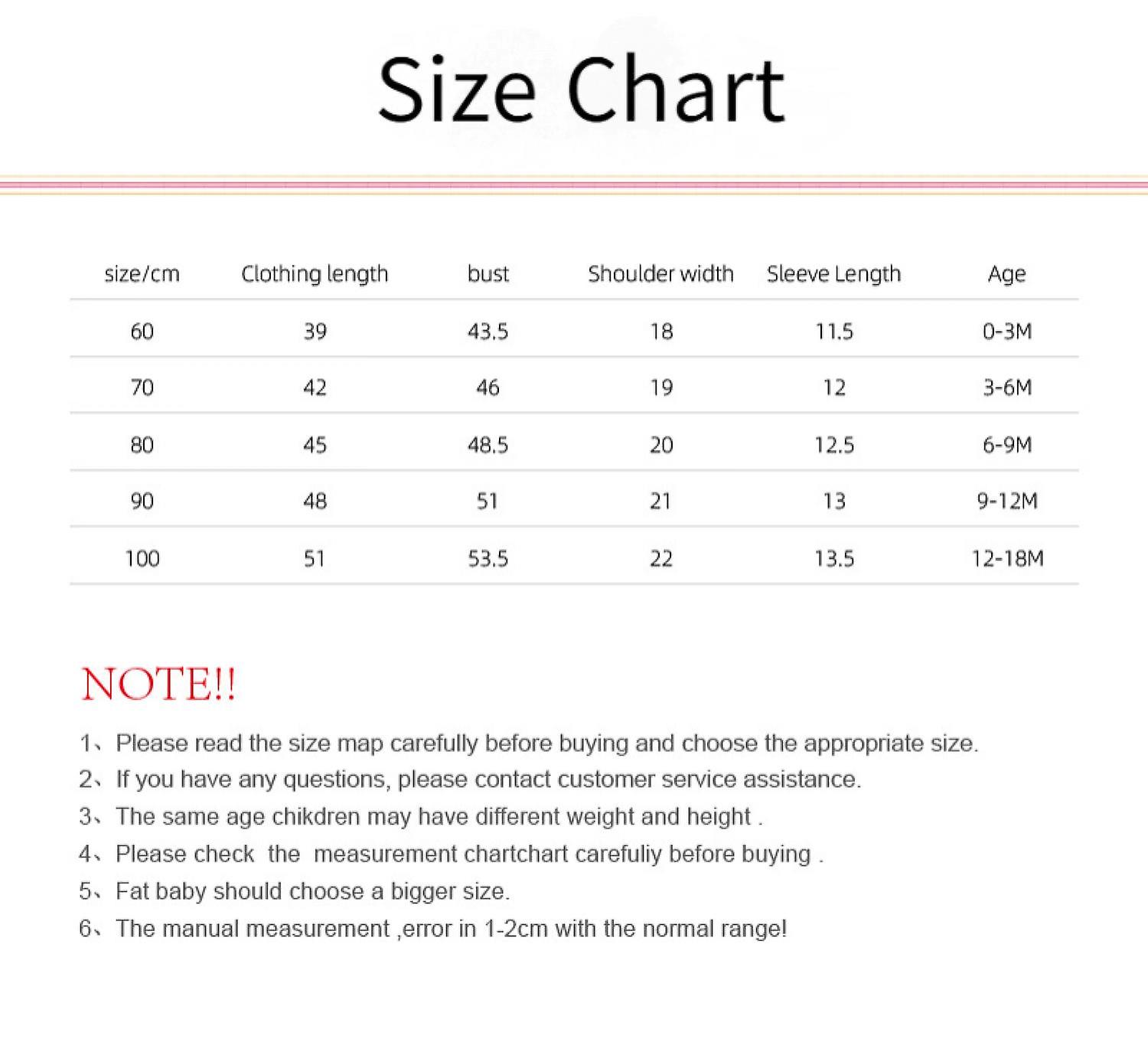
3. Chest Circumference: This measurement is often overlooked, but it's crucial for perfect fitting clothes. Here’s how to do this:
- Lobby the tape at the broadest point of your baby's chest, which is generally under the arms.
- Ensure the tape is flat against the baby's body and doesn't tuck down or sway out.
Being aware of these precise measurements will help you pick the right-sized clothes for your baby, attaining comfort and a great fit. And remember, variations in weight and height are part of a baby's natural growth process, so adjust clothing sizes as your baby grows.
With the right measurements, you can easily refer to the brand's size chart and choose the most suitable size for your little one. Always remember that each brand may have a slightly different size guide, so it's crucial to check each time you're choosing a new brand.
How Can We Ensure Comfort While Choosing Size 100 Baby Clothes?
Selecting size 100 baby clothes doesn't only involve fitting but also prioritizes the comfort of your child. Below are some key considerations to ensure maximum comfort:
1. Fabric Quality: Scan for labels and ensure clothes are made of soft, breathable material such as cotton or cotton blends. This will ensure your baby's skin remains rash-free and comfortable all day.
2. Seasonal Dressing: Keep suitability with the changing seasons in mind while shopping. Opt for lighter weights and textures in the summer to ensure your baby doesn't overheat and warm layers for winter months.
3. Ease of Dressing: Seek clothes with stretchy necklines or snap fasteners to make the process of dressing easier for you and your child. Remember, the wider the neckline, the smoother the transition over your baby's face.
4. Size Considerations: Even though size 100 may ideally suit your child according to their height and weight, buying clothes one size larger isn't a bad idea. This accommodates baby's growth and potential shrinkage after washing.
5. Avoid Irritable design elements: Stay clear of tight elastic bands, hard buckles, big buttons or any design element that might irritate sensitive baby skin.
6. Safety Consideration: Ensure clothes are free of any loose threads, buttons or embellishments, which could potentially pose a choking hazard.
In the end, your baby's comfort is your ultimate goal while choosing clothes. Keeping these points in mind helps in selecting appropriate and comfortable size 100 clothes that won’t restrict your baby’s movement and still leave room for growth. Through this process, you ensure your child's safety, comfort, and happiness.
Conclusion
Choosing the right-size baby clothes can be a confusing task, especially with sizes like '100' coming into play. However, by understanding how different brands classify their sizes and how to accurately measure your baby, you can navigate this task with ease and ensure comfort for your little one.
Related FAQs about what is size 100 in baby clothes
What factors should I consider when shopping for size 100 baby clothes?
When shopping for size 100 baby clothes, consider factors like fabric quality, seasonal suitability, ease of dressing, and safety. You should also anticipate your baby's growth and opt for clothes that allow room for movement. Additionally, ensure clothes are free of loose threads, buttons, or embellishments that could pose a choking hazard.
How does size 100 in baby clothes compare in different countries?
Size 100 in baby clothes varies between countries due to different standard measurements. Typically, it's suitable for three to four-year-olds, correlating to a height of 95cm-105cm. This size roughly equates to a 3T or 4T in western sizing but isn't an exact match due to various sizing standards.
What are some tips for dealing with the complexity of baby clothes sizing?
Dealing with baby clothes sizing complexity involves understanding different sizing methods (age, weight/height, numerical system) and appreciating sizing variations between brands. Regularly measure your baby's height, weight, and chest circumference, as these figures will help you choose the right size. Also, consult each brand's specific sizing chart for the best results.



